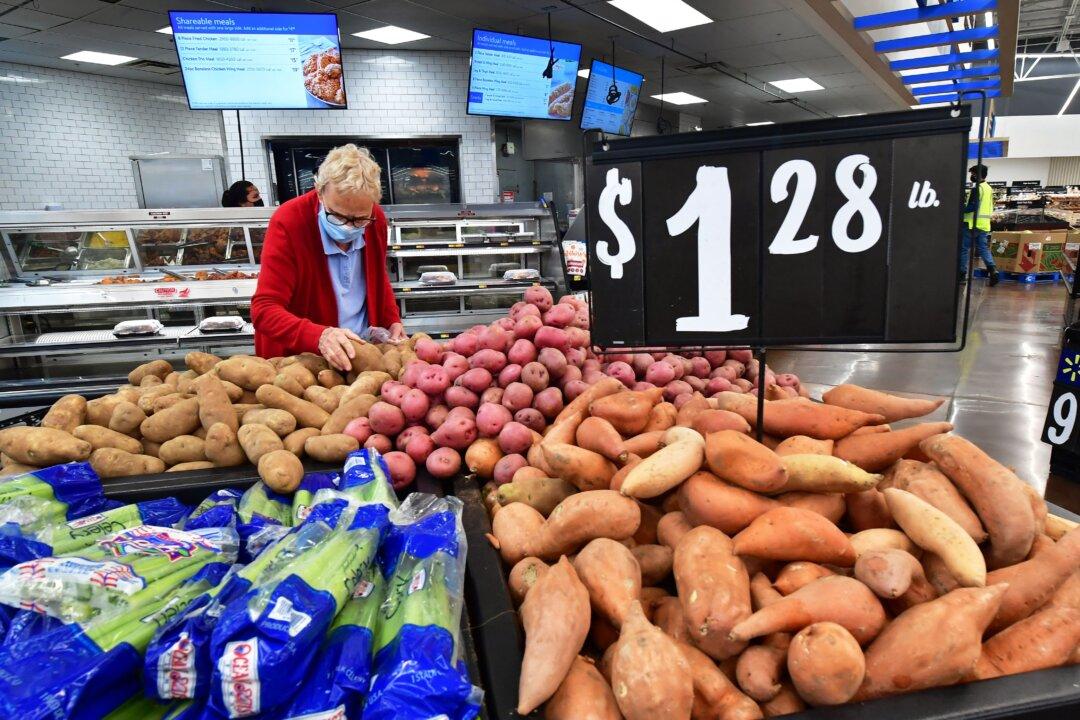More Americans are dipping into their savings in order to make ends meet amid crippling inflation, according to new data published in the Country Financial Security Index.
The data come as the overall pace of annual inflation eased to 6.4 percent in January, down slightly from 6.5 percent in December 2022, according to the Bureau of Labor Statistics (BLS).





